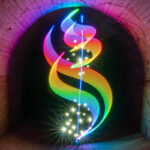
Light Painting and environmental protection

Light Painting in nature
While waving lights around in a stunning scenery, we may easily fail to think of possible consequences of our actions that we might cause to plants and animals – our awareness about nature and especially living creatures should not fall by on the wayside.
Our basic rules of behaviour
We have picked several rules of behaviour ourself, even in the rattiest lost places we strictly stick with those rules, especially when we’re light painting out in nature.
-
we always have garbage bags with us – even the tiniest piece of gaffa tape won’t be left behind
-
we’re not breaking things! Never ever it would occur to us, to rip out any plants or even remove a birds nest, just because it might affect our composition of the scene.
-
Fireworks only comes to action if the very most basics of fire protection can be followed. Flammable materials are removed in a wide range and we always have, at least, two fire-extinguisher with us! In case of the slightest doubt, we refuse to use fireworks.
-
Lasers are very cool to use in light paintings because they help to create awesome patterns and mood for images. We strictly use those only in closed rooms and if we can be a 100% sure we won’t hit anyone or even animals with laser beams.
-
We try to avoid any unnecessary noise. One – we don’t like to draw any attention to us, two – we don’t want to disturb anybody during our nightly actions.
-
we’re not using steel wool! Apart from the fact that I never took pleasure in images that were created with this effect, using burning steel wool is dangerous – especially out in open nature! It burns with a very high temperature, the reach of how far sparks fly is very hard to control. In the past, there have some incidents caused by “valued” colleagues (for an example follow the link). The particulates of burnt steel wool are razor sharp – animals or people walking barefoot would get hurt.
Light Painting in nature-sanctuaries
This image we have taken on the island Hiddensee. This island is part of the Nationalpark “Vorpommersche Boddenlandschaft“.
The core zones, “Gellen” and “Neuer Bessin” are restricted areas and it is forbidden to trespass.
Since many years, Hiddensee our destination for our holidays, so we’re familiar with rules and habits there. We almost know every rock and stone, even in darkness we easily get along – and it’s dark on that island, really dark.
On Hiddensee are many endangered species. I am not a biologist, so I don’t know exactly to what extent our nightly activities might effect animals around there.
Fact is, creatures can be overseen very lightly, while playing around with lights at pitch dark nights. Most likely it would be wise to don’t play with lightpainting
around in areas of that kind at all!
If there is a location that is far less sensitive, to use for the planned lightpainting, it would be a good idea to get the lightpainting done there!
If there are really no other alternatives i would highly recommend to stick extra strictly to the rules as i pointed out above and in addition, to be extra precautious. It is vitally important to consider how much you nightly activitiy by waving lights around effect animals and nature. Furthermore, it would be a good idea to contact the administration of Nationalparks, communities or nationalpark Rangers and get based information about places that can be used safely for lightpainting without endangering anything around – considering this, it be might possible to create stunning lightpaintings even in a sensitive environement.
Be aware that additional to the remorse you’ll feel, there might be some real severe penalties that await you if you damage pieces of nature on you location in sensitive areas!
Now back to the image – the illumination of the lighthouse an the near surrounding were lit from the stair and the passway. It woud have gotten much better if i had been walking through the meadow using the X21. However, that would have been impossible to rule out any disturbance to animals, specially nearby nesting Birds! In this case, we opted for a “not so optimal” Lightpainting rather than a nonessential violation of nature.
It is naturally out of the question, that we use fireworks or lasers on locations like this. Due to the fact that houses on hiddensee have mostly thatched roofs, the use of fireworks is off (you might refuse the use of lasers aswell, as some lasers are strong enough to set dry things like thatch on fire easily!)!
Before the use of lasers and fireworks outdoors in summer, you should consider the fire danger and when it rained the last time, AT ALL COST! If there is any doubt and at a level 3 warning (for germany) – leave pyro and lasers at home!!
Before going out for lightpainting in nature you should inform yourself about the current breeding season. If i had disturbed breeding birds by lighting the tree and the surroundings or creating the orb, it is likely nestlings might had not survived! Far more precautions have to be considered if there are ground nesting birds around!!
In a period from 1. march till 30. september it is prohibited to cut down trees in germany in order to protect breeding birds (there might happen to exist similar regulations in your country – get yourself informed about that) – you’ll be on the safe side wave lights outdoors off that season.
There’s even an advantage in NOT to lightpaint during that time – it gets dark earlier!
Of course even in autumn and winter too it is a good idea to be respectful with nature and the creatures in it.
On this note – wish you to have good light anytime.
Sven
A big thanks to Timo Rehpenning for the translation.
The original post in german can be found here: https://www.lichtkunstfoto.de/2018/08/19/light-painting-und-umweltschutz/


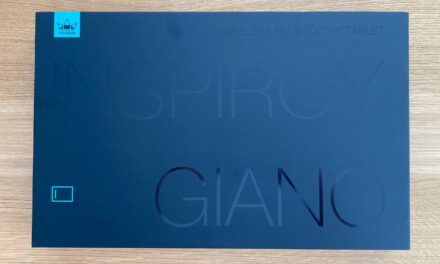


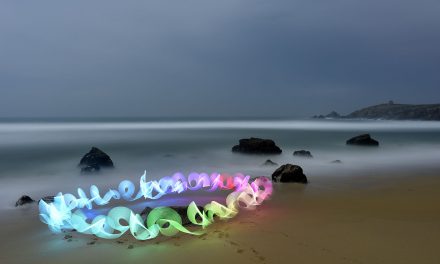
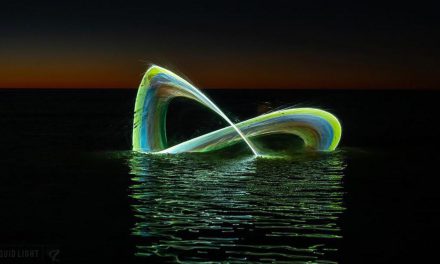
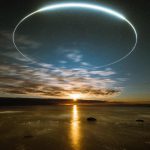
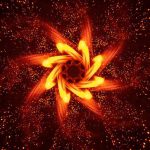
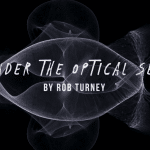



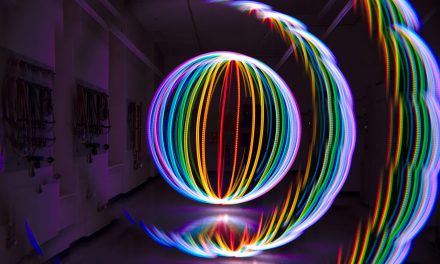
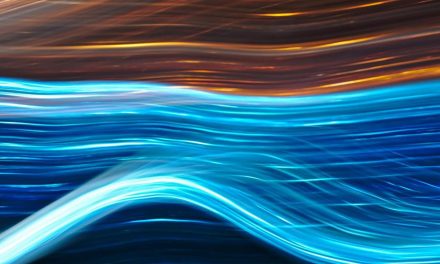
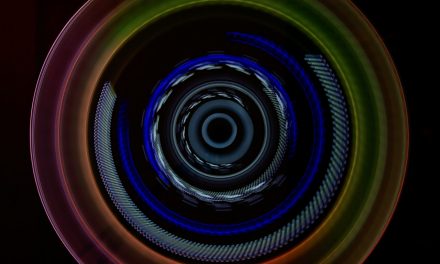
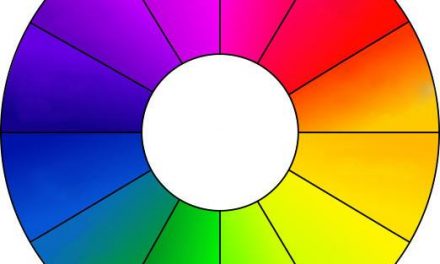

Muy buena reflexión y buenos consejos Sven! He visto muchas veces imágenes en las que se ha utilizado lana de acero en sitios poco apropiados, o incluso como dices, muchas veces podemos molestar a algún animal en época de cría simplemente con nuestra presencia, no te digo más si empiezas a utilizar luces potentes u otras herramientas menos apropiadas, a veces será complicado saber si realmente estamos molestando a algún animal, por lo que yo recomiendo que en caso de duda, preguntemos a algún experto, biólogo, forestal…
Un saludo desde España!